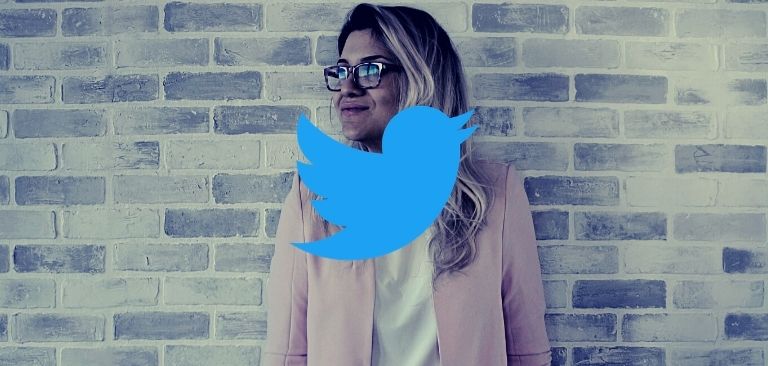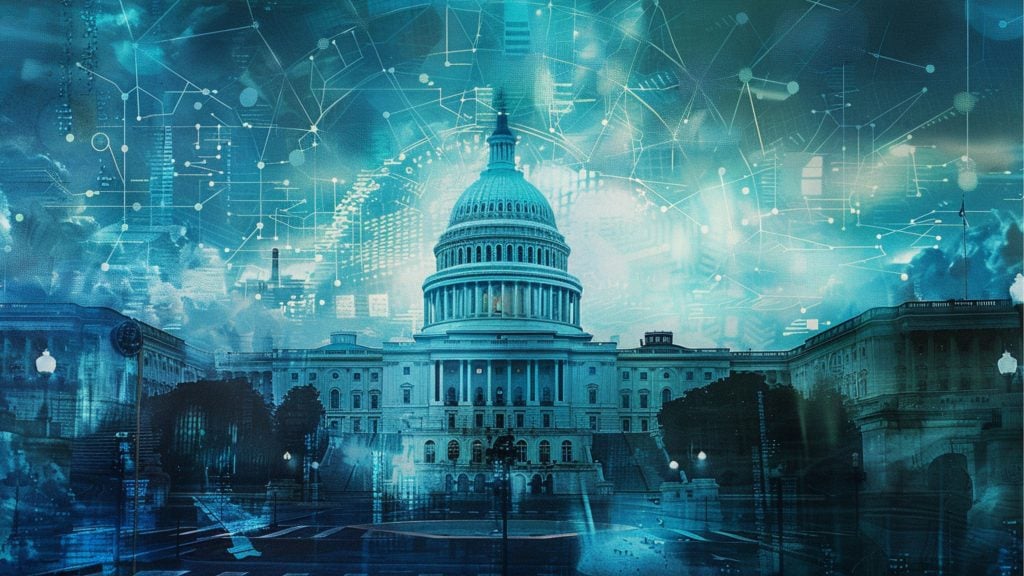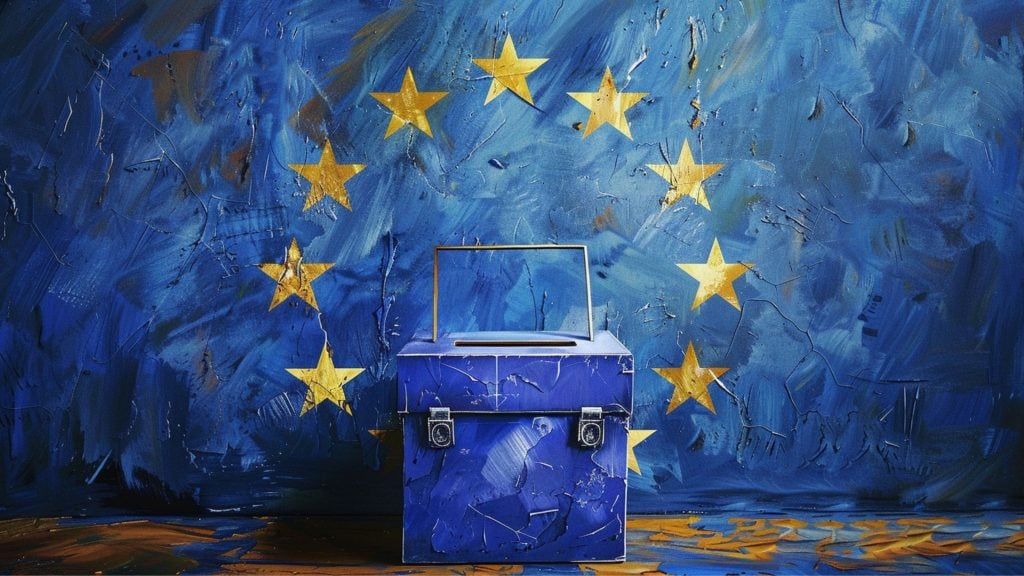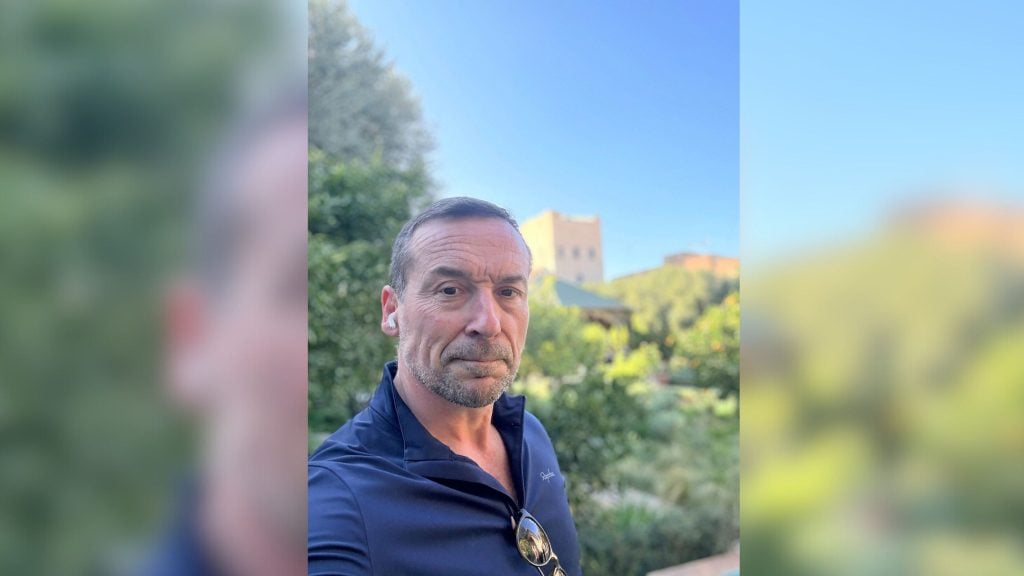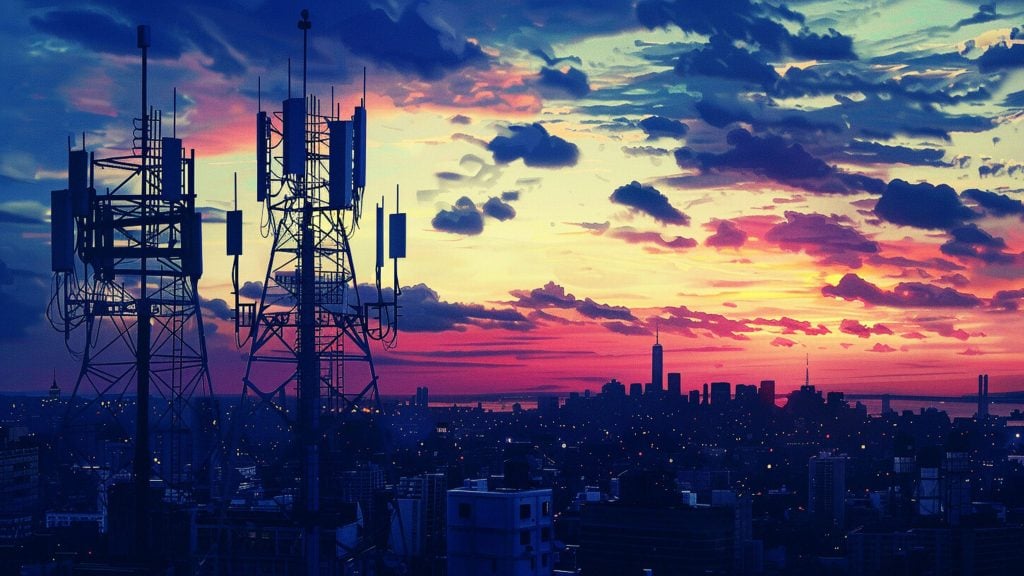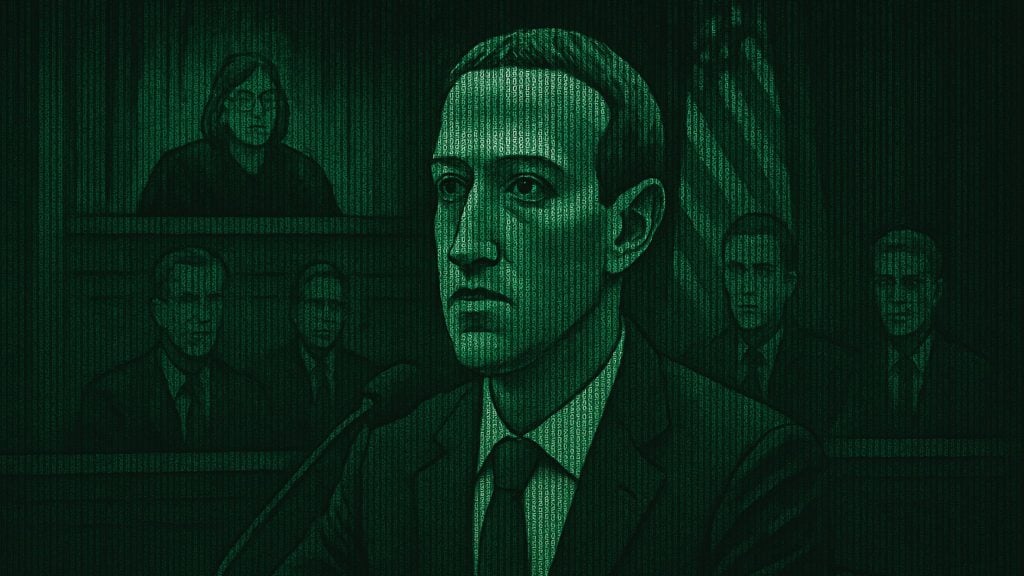Twitter is widely seen as the social media platform of choice for journalists – but if their purpose is to stay true to the profession and not only disseminate but also gather information from a variety of sources – that choice might be serving them increasingly poorly.
The reason is the narrowing of the circles within which they interact on Twitter, something referred to as “bubbles” – where sources of information inside a network are excluded organically. (Calling these “echo chambers” might be more fitting though, because that implies deliberate intent to exclude).
In either case, for anyone who has been under the impression that this was indeed happening, research and studies are beginning to crop up to bolster their observations.
University of Illinois News Bureau reports about one such study that focuses on what’s termed the microbubbles of the Beltway, i.e., those formed by Washington DC-based journalists, and their networks and interactions on Twitter.
The takeaway is: they tend to exclude others and communicate mostly amongst themselves. And that can’t be good at any level.
The study included over 2,000 journalists’ Twitter accounts observed over two months in early 2018, taking into account their tweets, retweets and replies.
The study by Nikki Usher and Yee Man Margaret Ng of University of Illinois, Urbana-Champaign, claims that this area in and around the US capital alone has spawned as many as nine insular journalistic “clusters.” These are prone, by the very nature of the arrangement, to professional groupthink. (And the very existence of groupthink – rapidly leads to unprofessionalism.)
However, this study mostly focuses on identifying “clusters” by their share of the pie – with those dubbed elite/legacy, like the New York Times, NPR, and the Washington Post having a cozy bubble of their own that comprises about 30 percent of all area journalists.
Reporters and media outlets covering congressional activities amount for the second bubble that has about 20 percent of what you might call “information cluster market share.”
CNN’s bubble is considered separate – even if its ideologies align neatly with the largest one. The researchers said it was treated separately because it’s apparently a strikingly self-involved network.
“CNN is telling a story about what is happening with CNN, and that is worrisome,” said Usher.
The rest of the “clusters” are centered around TV producers, local news, etc.

